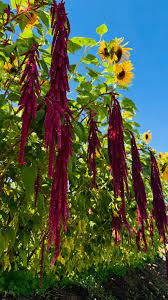When imagining an edible garden, most people think of fruits, vegetables, and perhaps herbs. However, seeds and grains can be a fantastic addition, offering numerous benefits such as essential vitamins, minerals, and heart-healthy fats. Here’s a selection of seeds and grains that are easy to grow, delicious, and nutritious.
Pumpkin Seeds
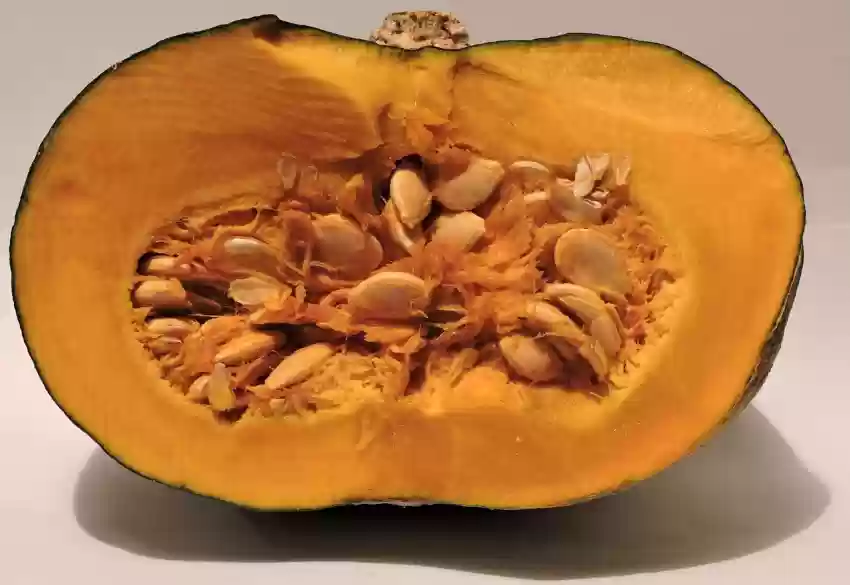
Pumpkins are a fall garden favorite, and growing them yields two harvests for the price of one: the tasty flesh and the nutrient-packed seeds. To harvest the seeds, cut open the pumpkin and scrape out the seeds with a spoon. Remove any remaining pulp, rinse the seeds, and then spread them out on a baking sheet. Drizzle olive oil over them and season with salt, chili flakes, or fennel seeds for extra flavor. Roast at 350°F (180°C) for about 10 minutes, or until golden. Once cooled, store them in an airtight container—if they last that long!
Sunflower Seeds
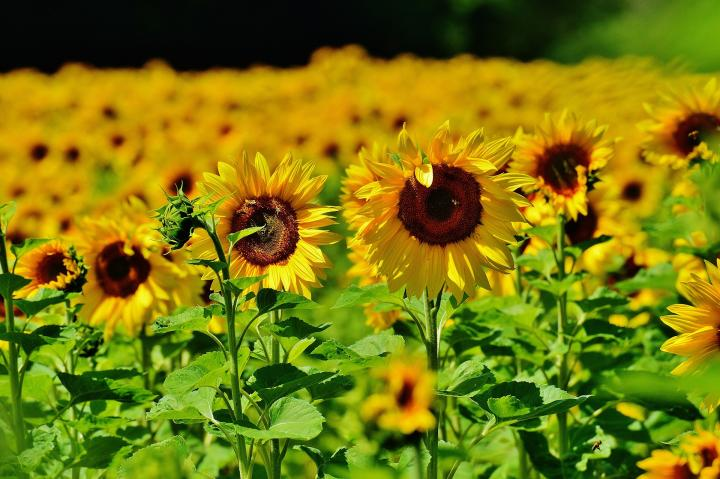
Sunflowers are not only a beautiful garden addition but also provide a great source of edible seeds. They thrive in sunny spots and are ready to harvest once the petals wither, and the seeds are clearly visible. Gently rub the seed heads to dislodge the seeds. For a simple roasted snack, boil sunflower seeds in salted water for 15–20 minutes. Drain, spread them on a baking sheet, and roast for up to 15 minutes, checking regularly to avoid burning. Once cooled, enjoy the seeds—just remember to spit out the tough shells.
Amaranth and Quinoa
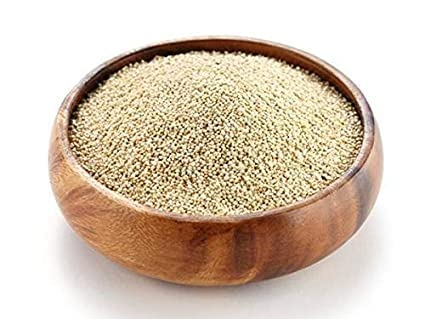
Amaranth and quinoa are protein-rich grains that make a great alternative to rice or pasta. Both are relatively easy to grow in nutrient-rich, well-drained soil with plenty of sunlight. Amaranth produces small, nutritious seeds, while quinoa requires a little extra care. After harvesting, winnow the seeds to remove chaff, either by sieving or using a gentle breeze. Let them dry for at least a week before storing. Quinoa needs to be rinsed before cooking to eliminate its natural bitterness.
Poppy Seeds
Poppy seeds, commonly used in baked goods, come from the opium or breadseed poppy (Papaver somniferum). While growing this poppy is legal in many regions, it’s important to check local regulations. The plant thrives in full sun and produces pods full of seeds once they’ve dried. Harvest the pods when the seeds are ready to spill out, and finish drying them indoors before collecting the seeds.
Seeds for Spices
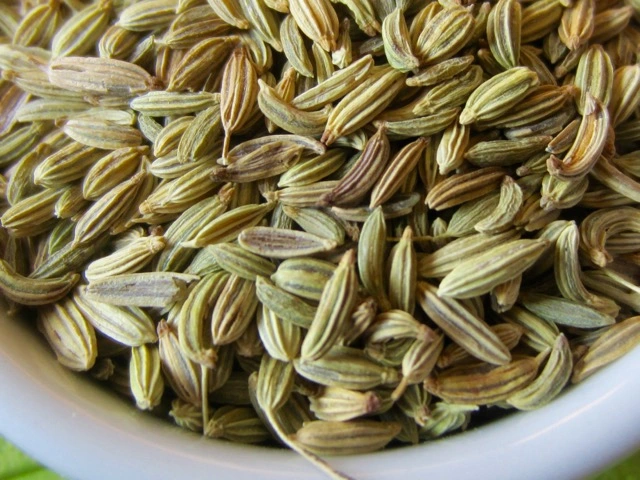
Many herbs also produce seeds that can be harvested for use as spices. Fennel is a hardy perennial that thrives in full sun and well-drained soil. Its seeds can be gathered after the plant flowers, then dried for storage. Caraway, another member of the carrot family, produces seeds in its second year. It prefers cooler climates and requires regular watering in its first year. Coriander, or cilantro, produces seeds after flowering. Harvest them when the plant has set seeds for a flavorful spice.
Lastly, nigella (also known as black onion seeds) comes from the hardy annual Nigella sativa, which thrives in well-drained soil. Sow the seeds in autumn or spring, and harvest the crisp, dry seedheads when ready. Nigella seeds can add a unique flavor to breads and other dishes.
Conclusion
Growing edible seeds and grains in your garden is a rewarding experience. Not only will they enhance your meals with their nutritional benefits, but they can also provide food for wildlife, creating a balanced, eco-friendly garden. Whether you’re growing pumpkin seeds, sunflower seeds, or spices, each variety adds something unique to your garden and kitchen. So, get started and enjoy the harvest!
If you’ve tried growing any of these or have other recommendations, feel free to share your experiences below!
